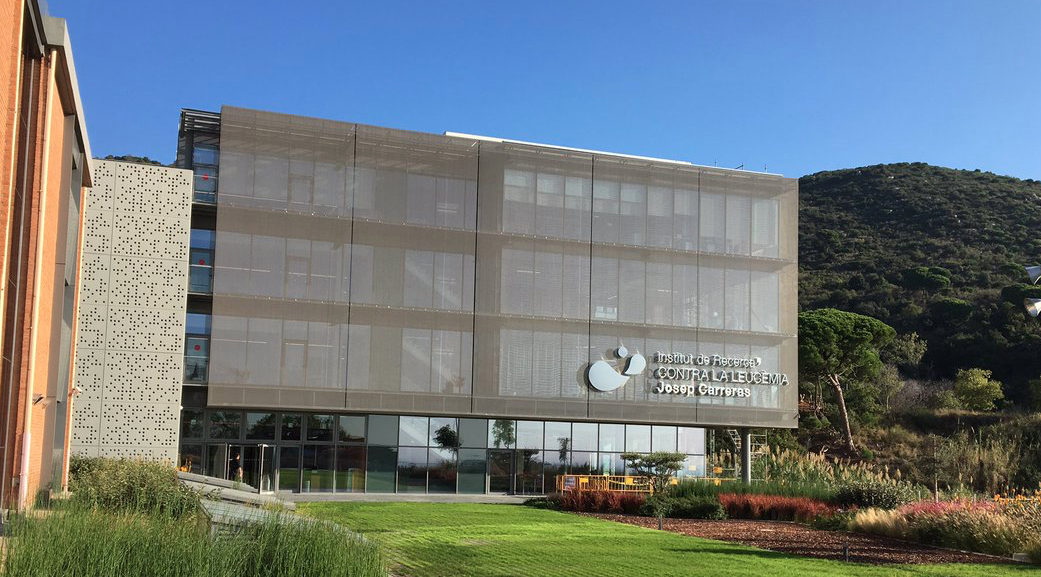November 20, 2024 - November 22, 2024
Updates in the Genetics and Epigenetics of Hematological Malignancies: From Knowledge to Applications
IJC Auditorium + Online
Registration here
November 20, 2024 - November 22, 2024
IJC Auditorium + Online
Registration here
May 07, 2024 (9:30)
IJC Auditorium + Online
Registration here
May 24, 2024 (12:00)
IJC Auditorium + Online
Registration here
May 24, 2024 (15:00)
IJC Auditorium + Online
Registration here

